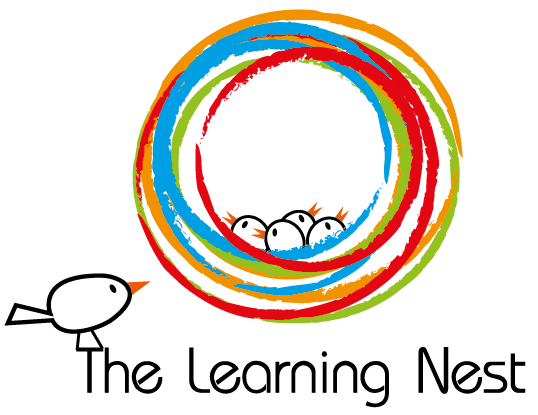Our Classrooms
Toddlers
(18 Months - 3 years)
In a Montessori classroom for toddlers aged 18 months to 3 years, the environment is carefully designed to meet their developmental needs and promote independent exploration. Here are the different areas you may find in a Montessori toddler classroom:

The practical life area focuses on everyday activities that foster independence, fine motor skills, and concentration. It may include child-sized objects and materials for activities such as pouring, scooping, spooning, buttoning, and dressing. Toddlers learn important life skills while developing coordination, concentration, and a sense of order.
The sensorial area is dedicated to engaging the toddler’s senses and refining their perception of the world. It includes materials that encourage exploration of different textures, sizes, shapes, sounds, and colors. Toddlers are provided with opportunities to enhance their sensory discrimination, coordination, and language skills through activities like matching, sorting, and grading objects.
The language area in a Montessori toddler classroom introduces children to spoken and written language. It may include picture cards, objects, and books with simple vocabulary. Toddlers engage in activities like language games, storytelling, and vocabulary enrichment exercises to develop listening skills, expand their vocabulary, and foster early language acquisition.
The math area introduces toddlers to basic mathematical concepts through hands-on materials. It may include materials for counting, sorting, sequencing, and recognizing numbers and shapes. Toddlers engage in activities that develop number sense, spatial awareness, and problem-solving skills. They explore mathematical concepts through manipulatives, puzzles, and matching games.
The art and creativity area encourages self-expression and creativity in toddlers. It may include easels, child-sized art supplies, and various art materials such as paints, crayons, clay, and collage materials. Toddlers have the freedom to explore different art forms and engage in open-ended artistic activities that promote fine motor skills, imagination, and self-confidence.
Children's House
(3 - 6 years)
In a Montessori Children’s House classroom, which is designed for children aged 3 to 6 years, the environment is carefully prepared to foster independence, self-directed learning, and the development of essential skills. Here are the different areas you may find in a Montessori Children’s House classroom:

The practical life area focuses on everyday life skills and promotes independence, coordination, and concentration. It includes activities such as pouring, spooning, sweeping, polishing, and table setting. Children engage in tasks that develop fine motor skills, hand-eye coordination, and a sense of order and responsibility.
The sensorial area provides materials that refine the child’s senses and support their cognitive development. It includes materials for exploring colors, shapes, sizes, textures, sounds, and smells. Children engage in activities that develop their sensory perception, discrimination, and organization of information. They refine their ability to observe, compare, and categorize different sensorial experiences.
The language and literacy area in a Montessori Children’s House classroom focuses on developing strong communication, reading, and writing skills. It includes materials for letter recognition, phonetic sounds, vocabulary enrichment, and sentence formation. Children engage in activities such as sandpaper letters, moveable alphabets, reading corners, and storytelling. They develop language skills, reading fluency, writing abilities, and a love for literature.
The mathematics area introduces children to fundamental mathematical concepts through hands-on materials. It includes materials for counting, sorting, sequencing, addition, subtraction, multiplication, and geometry. Children engage in activities that develop their number sense, problem-solving abilities, and critical thinking skills. They explore mathematical concepts through manipulatives, number rods, bead chains, and puzzle maps.
The cultural area exposes children to various subjects such as geography, history, science, and art. It includes materials that introduce children to different cultures, continents, animals, plants, and historical figures. Children engage in activities like map puzzles, continent globes, nature exploration, and art appreciation. They develop a sense of global awareness, scientific inquiry, and an appreciation for the diversity of the world.
The art and creative expression area encourages children to explore their creativity and self-expression through various art forms. It includes materials for drawing, painting, sculpting, and crafting. Children have the freedom to engage in open-ended artistic activities that promote fine motor skills, imagination, and self-confidence. They develop their artistic abilities and cultivate a love for creative expression.
